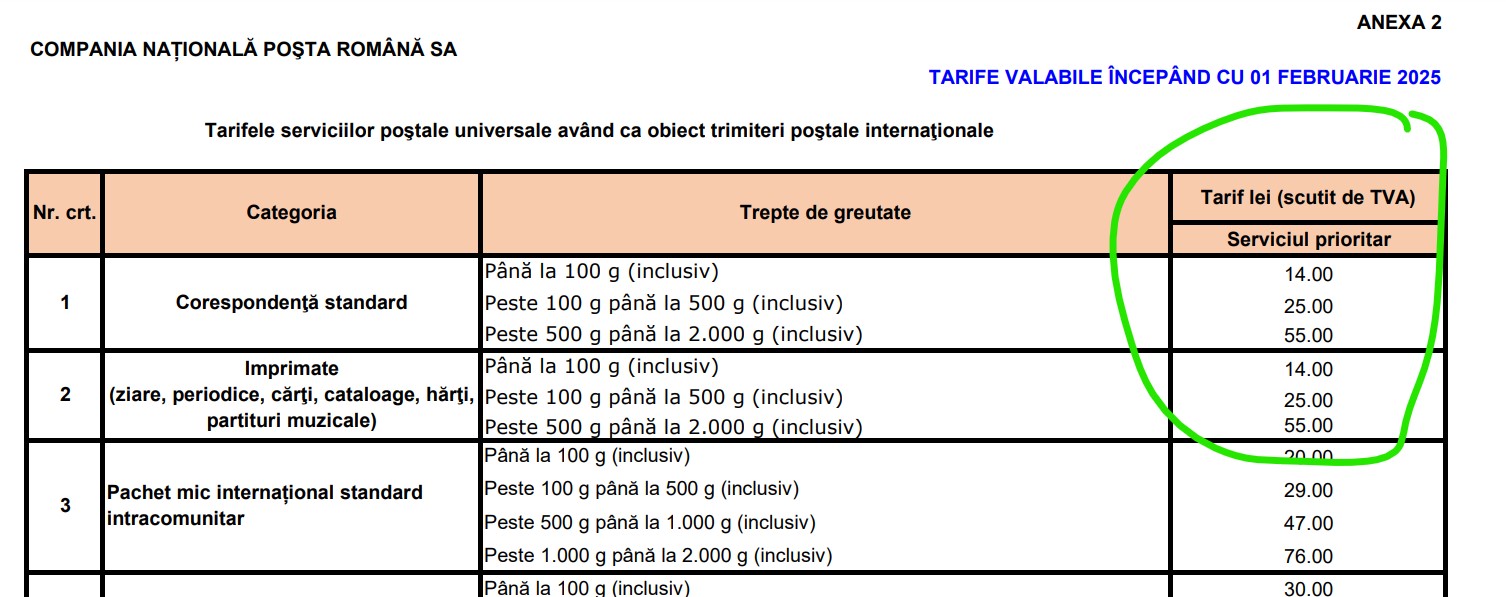"Paquebot" or NAVIRE refers to a type of postal marking or cachet used on mail that has been posted aboard a ship. The term itself is of French origin, where "paquebot" translates to "packet boat" or "ship." Paquebot markings typically indicate that the mail has been processed on board a specific vessel during its journey.
Paquebot envelopes are postal covers or envelopes that bear these specific markings. These markings can include the name of the ship, the date of posting, and sometimes even the location of posting. Paquebot envelopes are often collected by philatelists (stamp collectors) and maritime enthusiasts as they provide a unique and tangible connection to historical maritime travel.
Collecting paquebot envelopes can be an interesting hobby for those interested in the history of maritime mail services and the various ships that plied their trade across oceans. These items can provide insights into trade routes, travel times, and the evolution of postal services in different regions
Collecting paquebot envelopes involves acquiring these items through various means. Here are some steps you can take to start a paquebot envelope collection:
1. Research:
Learn about the history of paquebot markings, including the different ships, routes, and time periods associated with these markings.
Familiarize yourself with the types of paquebot envelopes and the various markings they may bear.
2. Connect with Collectors:
Join philatelic societies or online forums where collectors share information and trade paquebot envelopes.
Attend stamp shows or collector events where you may find paquebot envelopes for sale or trade.
3.Visit Maritime Museums:
Explore maritime museums and gift shops, as they sometimes offer philatelic items related to ships and maritime history.
4. Online Auctions and Dealers:
Utilize online auction platforms or connect with stamp dealers who specialize in maritime philately. Websites like eBay often have listings for paquebot envelopes.
5. Exchange with Pen Pals:
Connect with pen pals or other collectors around the world and express your interest in paquebot envelopes. You might arrange exchanges or trades.
Now, regarding sending a paquebot envelope:
Select a Ship and Route:
Choose a ship and its route that is currently in operation and accepts mail postings. Cruise ships or cargo vessels with mail services are common choices.
Prepare the Envelope:
Use a standard envelope and affix the required postage. Ensure that the address is clear and legible.
Contact the Ship's Mail Services:
Reach out to the ship's staff or mail services in advance to inquire about sending mail on board. Some ships have designated mailing addresses and procedures.
Post the Envelope:
Send the envelope via regular postal services or a courier service to the specified address provided by the ship.
Wait for Processing:
Understand that the processing time and availability of shipboard mail services may vary. Be patient and allow for sufficient time for the envelope to be postmarked on board.
Remember to check with the specific shipping company or cruise line for their policies and procedures related to sending mail on board. Keep in mind that not all ships may offer this service, and it's essential to confirm the details before attempting to send a paquebot envelope.
This is only a recomendation and it is not 100% that it will work. More information about Paquebot Mail Service you can find online.
Pitcairn Island (see the postmark) sent from PAQUEBOT (Silver Supporter - a ship registered in Norway) - with Norway stamps! That moment when the ship use the origin country stamps and is transformed into "a floating post-office" and can send postage with other country postmark?
Do you ever receive such a Paquebot letter or postcard?












